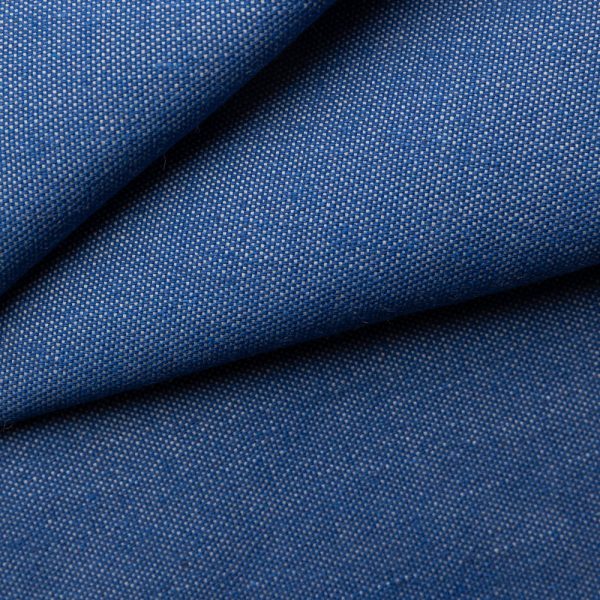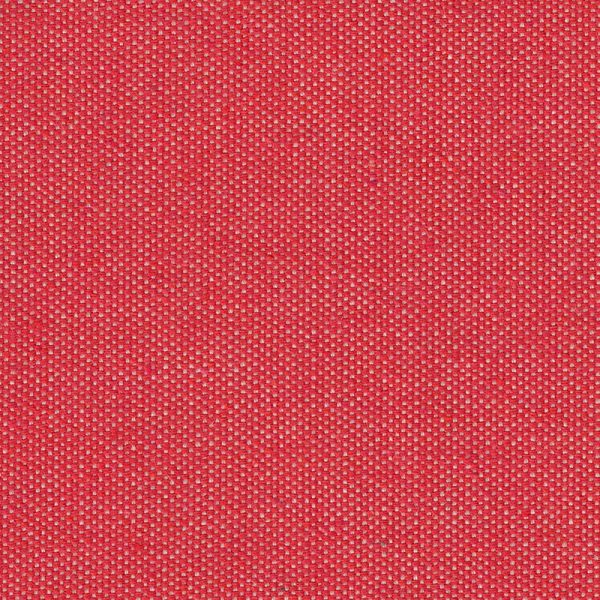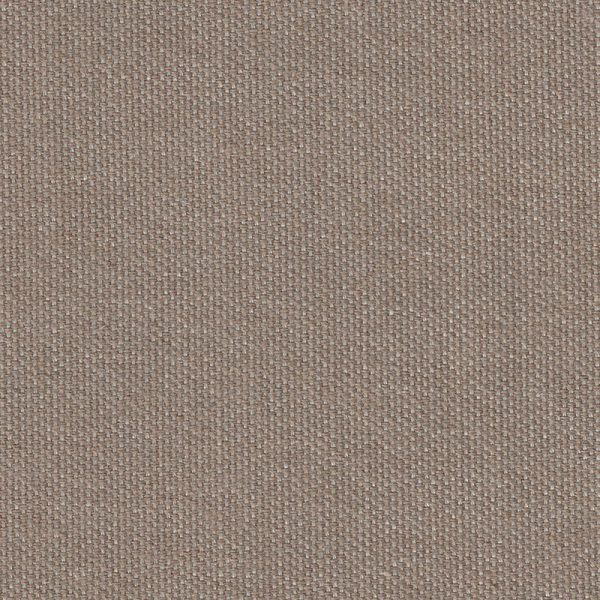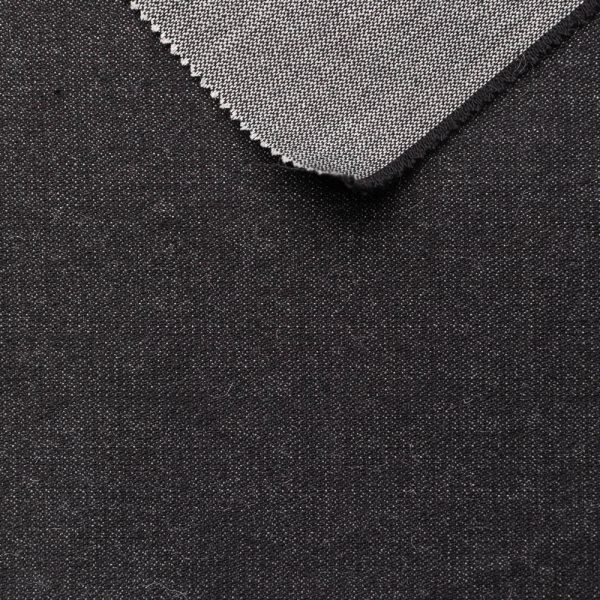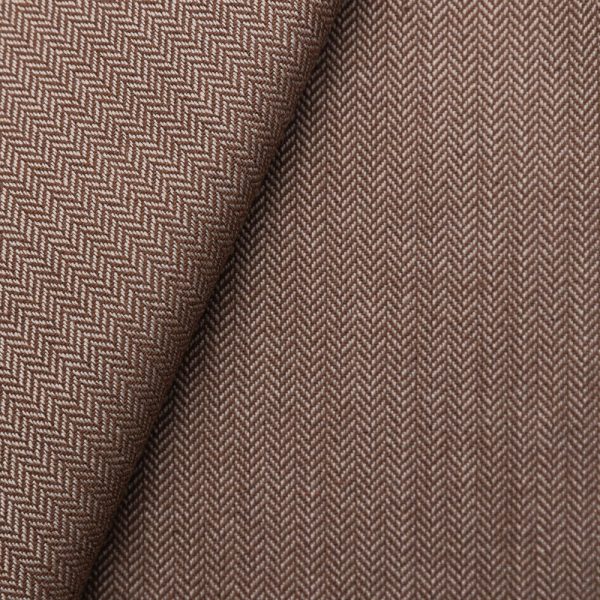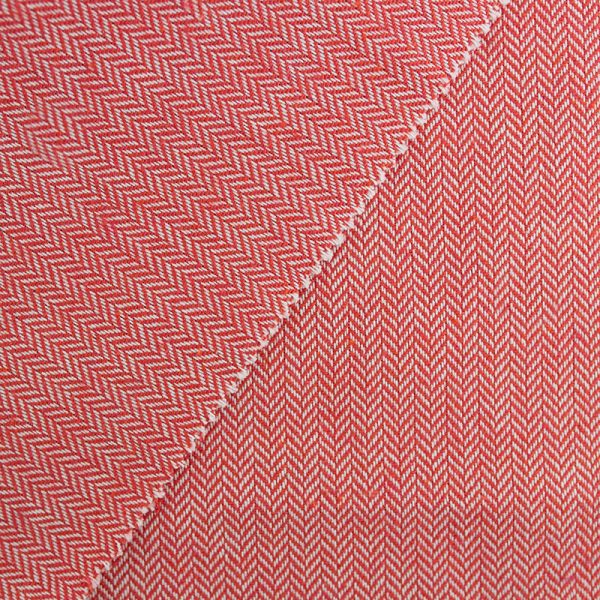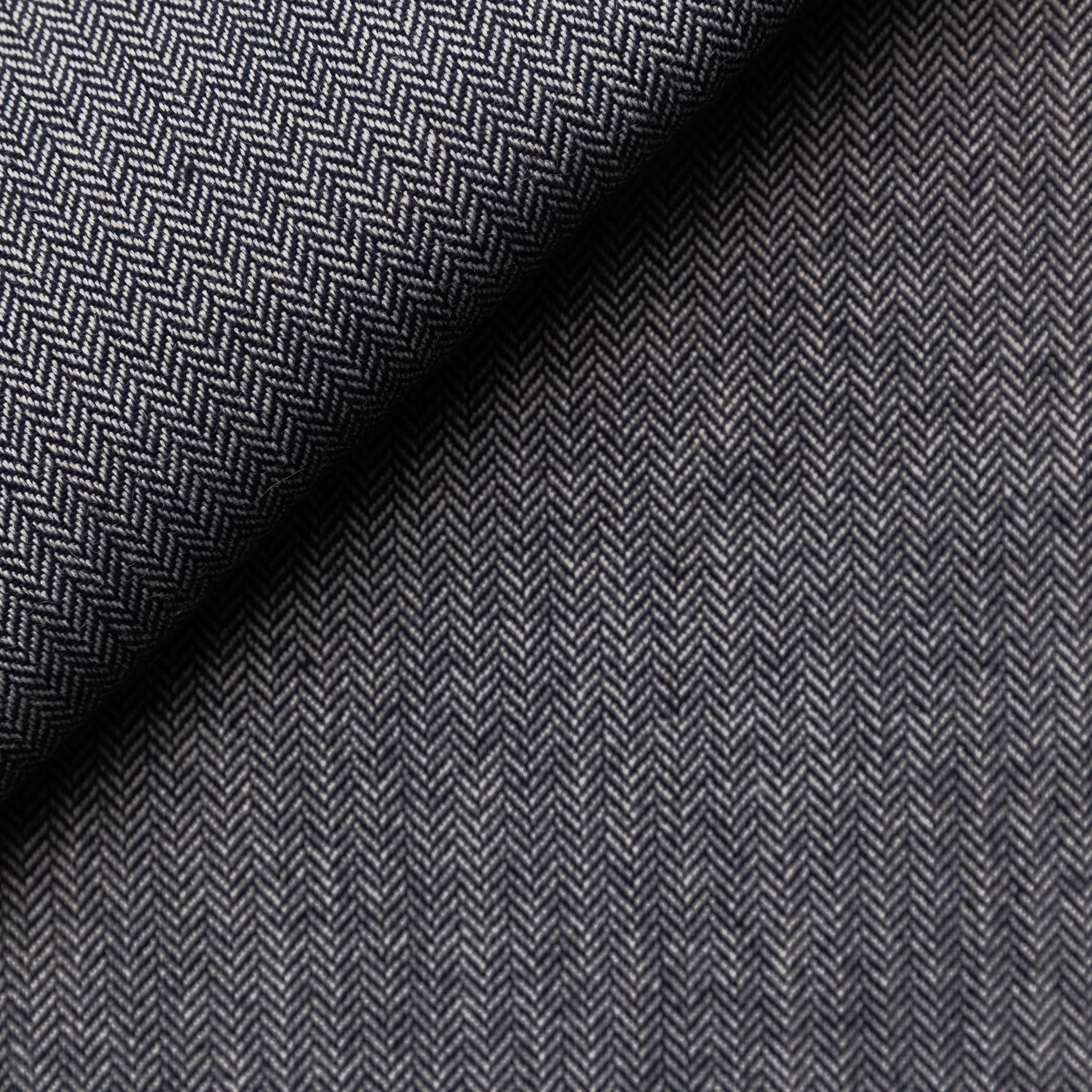
How is herringbone made?
Herringbone is a weave with a characteristic V-shaped pattern. The pattern gets its name from its resemblance to the skeleton of a fish, specifically a herring.
The herringbone weave is a broken twill. This means that the slanting line that runs through the fabric shifts at a certain point, creating a broken zigzag effect.
Construction
How exactly does this binding come about? First of all, it is good to know that on any fabric with a twill weave, a diagonal line runs through the fabric, known as the twill line. When we stagger the twill line at a certain point, we call it breaking. Where the twill line breaks, the displacement number is not equal to 1, but usually equal to half the twill number. After breaking, you can reverse the twill direction, or you can let it continue in the same direction. In a herringbone weave, the twill direction reverses, creating the zigzag effect.
Applications
Fabrics with a herringbone pattern are very popular in menswear. It is a classic weave and is often used in suits. The well-known tweed fabric, for example, is also made with a herringbone weave. When you come across a herringbone fabric, the chances are that it is made of wool. Despite this, you may also come across this weave in combination with many other materials, such as cotton or linen. At SustainableFabricx.shop we have a large selection of herringbone fabrics in all kinds of colours and materials. Please have a look at our webshop.



